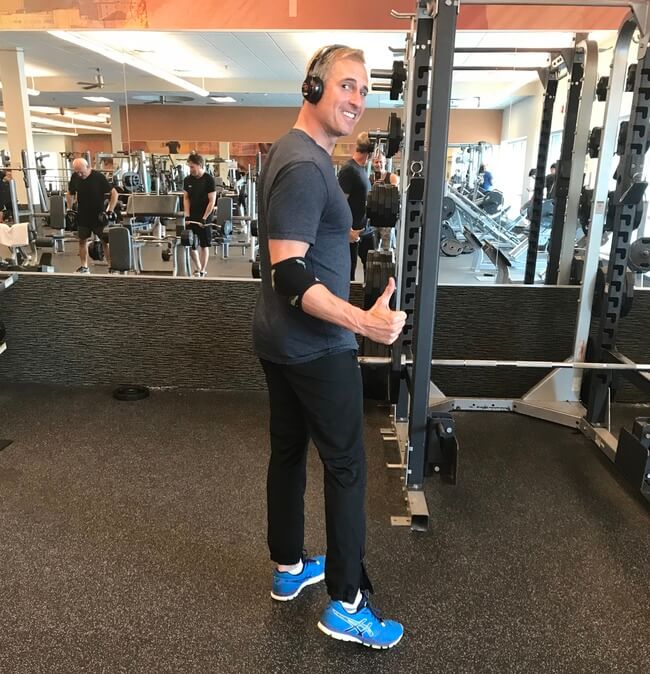
What type of sports did you participate in as a kid?
I was actually a really inactive kid: I came into weightlifting at the age of 18-19 with no athletic history. I’d always avoided physical activity at school and was horrendously out of shape the whole time. Weightlifting was really my first sport and this is one of my main regrets: active kids make better, healthier adults/athletes and I really wish I’d started younger!
What, if any, type of adversity have you had to overcome as an athlete?
Finding the guidance necessary to improve and being in good shape to progress have, sadly, not overlapped very well during my athletic career. I didn’t have a coach for the first 3.5 years of my training and it made things much more difficult than they needed to be. As soon as I got a coach, I made huge progress but caught some injuries in the process that have continued to hamstring me. This never stopped me, but it has put a real strain on training and my relationship with the sport at times, as well as obviously slowing down my progress!
What does a typical training week look like for you?
When I’m healthy, a training week is anywhere between 4 and 13 training sessions. This involves training twice a day at intense, high-volume phases of a training program. These sessions usually focus on the Olympic lifts (snatch and clean and jerk), squats, weightlifting-specific deadlifts and some accessory work (movements for the upper body, stabilizer muscles, and core, mostly).
At the moment I’m recovering from a pair of injuries: a persistent knee injury and a wrist injury. This means less training sessions but lots of rehab exercises and some new focuses. I’ve recently been really interested in gymnastic strength training and am incorporating some basic gymnastic exercises to develop balance, foundational movement and strengthen my injured wrist.
What are some of your favourite trampoline exercises?
Trampolining is a great way to incorporate new, challenging exercises into your routine as a way of improving general physical preparation (GPP) and developing balance and stability. Personally, I’m a fan of using the trampoline to develop really basic movement patterns – I wrote an article here discussing my favourite trampolining exercises for this purpose.
Personally, I’m developing an obsession with the most foundational positions in gymnastics and the trampoline is a great way to start developing these. My favourite exercises on a trampoline are:
- Deck Squats
- Seat Drop (keep tight like an L-sit!)
- Pike Jump
- Straddle Jump
- Anything related to handstands!
There are plenty of great choices and my work in trampolining is inspired by my work with the Welsh trampolining technical committee, as well as the content put out by team USA gymnastics coach Chris Sommer and team GB gymnast Nile Wilson.
How do you keep yourself motivated to train?
My motivation always sucked, so I compensated by having a really strong vision of where I wanted to be and made it an unquestionable habit to always turn up and give it my best. My favourite quote on this was from US Weightlifting Olympian Morghan King: “you won’t always be motivated, so you have to learn to be disciplined”. I think that sums me up pretty well!
What is your #1 fitness tip?
Just turn up. You don’t need to “crush” every session or go “beastmode” in the gym. Just turn up and be humble: training isn’t about being the biggest, loudest guy in the gym – it’s about making consistent improvements over time. Humility is the fastest route to effectiveness: knowing why you’re weak and technically-poor now is the fastest way to being strong and technically-efficient in the future. Remember that eating that harsh realization now is going to mean achieving your goals.

